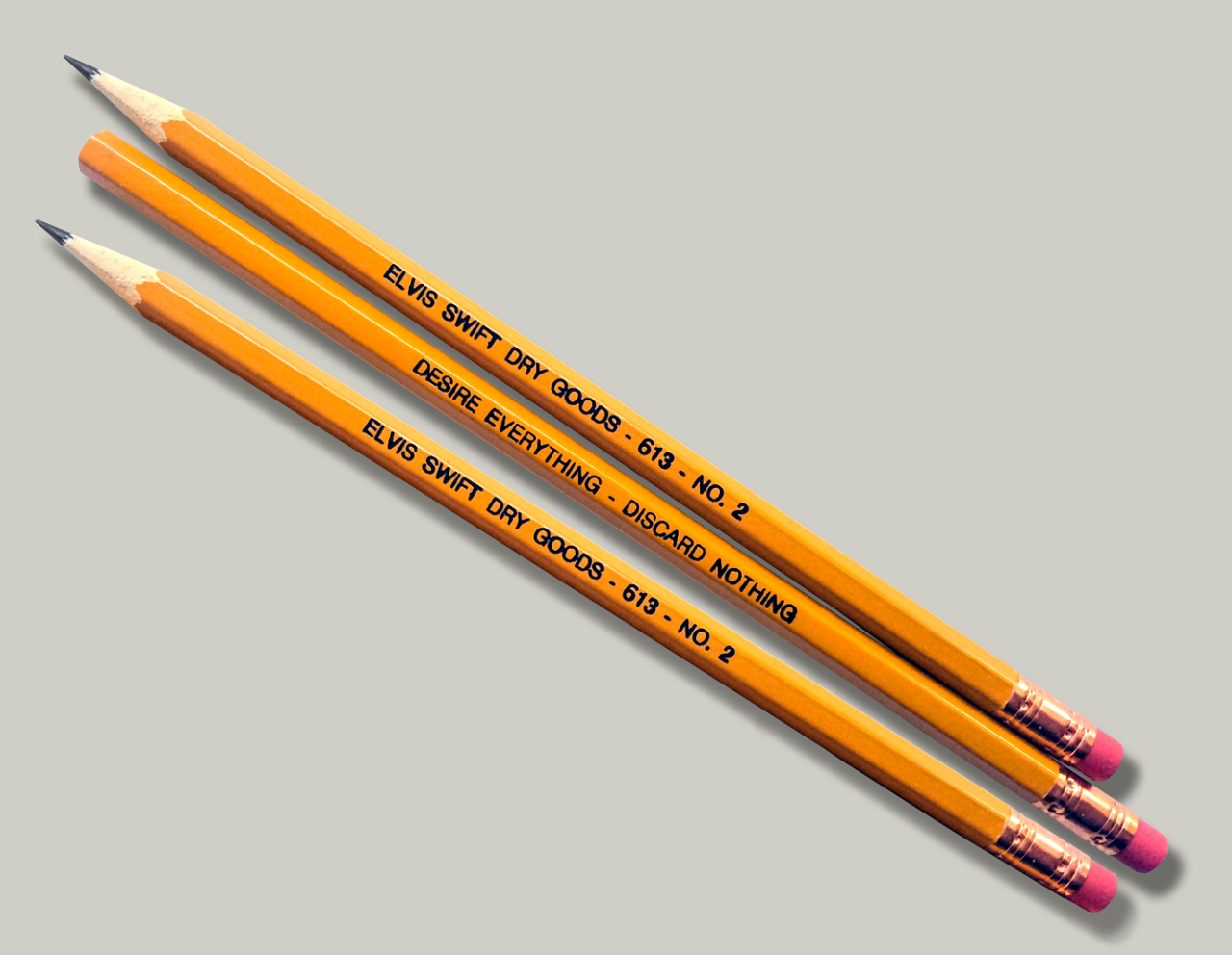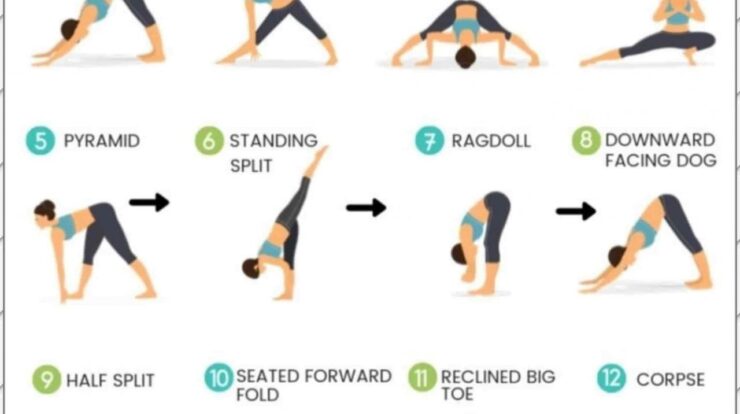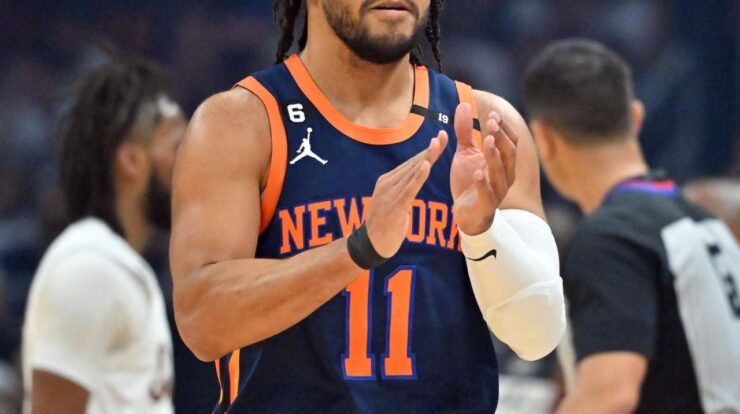
Pencil definition – In the realm of writing and drawing, the humble pencil stands as a versatile and indispensable tool. Its simplicity belies a rich history, diverse applications, and a profound impact on human expression.
From its origins as a rudimentary writing implement to its evolution into a sophisticated artistic medium, the pencil has played a pivotal role in shaping our ability to communicate, create, and preserve knowledge.
Definition

A pencil is a writing implement that consists of a thin rod of solid pigment, usually graphite, enclosed in a protective casing. Pencils are used for drawing, writing, and other creative pursuits.
Types of Pencils
Pencils are categorized based on their characteristics, such as the hardness of the lead, the type of casing, and the intended use.
| Characteristic | Type | Description |
|---|---|---|
| Lead Hardness | Graphite | Made from pure graphite, ranges from soft (6B) to hard (9H) |
| Colored | Contains pigments and waxes, available in a wide range of colors | |
| Casing Material | Wood | Traditional casing made from cedar or other softwoods |
| Plastic | Durable and lightweight, often used in mechanical pencils | |
| Intended Use | Drawing | Designed for precise lines and shading |
| Writing | Suitable for general writing purposes | |
| Technical | Used for drafting, engineering, and other technical applications |
History of Pencils
The origins of pencils can be traced back to ancient times, with early forms made from sticks of charcoal or metal.
The modern pencil emerged in the 16th century when graphite deposits were discovered in England. These deposits were initially used to make pencil cores, which were inserted into wooden casings.
Manufacturing Process
Pencil manufacturing involves several steps:
- Mining and refining graphite
- Mixing graphite with clay and other materials
- Extruding the mixture into thin rods
- Baking the rods to harden them
- Encasing the rods in wooden or plastic casings
Uses of Pencils
Pencils have a wide range of applications, including:
- Drawing
- Writing
- Sketching
- Shading
- Drafting
- Engineering
- Educational purposes
Pencil Grading System
Pencils are graded according to the hardness of their lead.
| Grade | Darkness |
|---|---|
| 6B | Very soft, dark |
| 4B | Soft, dark |
| 2B | Medium soft, dark |
| HB | Medium, neutral |
| 2H | Medium hard, light |
| 4H | Hard, light |
| 6H | Very hard, light |
| 9H | Extremely hard, light |
Pencil Art
Pencil art is a form of artistic expression that uses pencils as the primary medium.
Pencil artists employ various techniques, such as shading, cross-hatching, and blending, to create realistic and expressive works of art.
Cultural Significance
Pencils have played a significant role in education, history, and popular culture.
They have been used to record history, create masterpieces of art, and facilitate learning.
Environmental Impact, Pencil definition
Pencil production and disposal can have an environmental impact.
Wooden pencils contribute to deforestation, while the mining of graphite can lead to environmental degradation.
Sustainable alternatives to traditional pencils include recycled paper pencils and pencils made from plant-based materials.
Final Summary: Pencil Definition

Whether used for sketching, writing, or artistic masterpieces, the pencil remains an essential tool for creatives and scholars alike. Its versatility and affordability make it accessible to all, fostering imagination and expression across generations.
Answers to Common Questions
What is the difference between a pencil and a pen?
A pencil is a writing or drawing implement that uses a solid core of graphite or other material to mark on paper. A pen, on the other hand, uses liquid ink to create marks.
What are the different types of pencils?
Pencils are typically classified by their graphite core hardness, ranging from soft (e.g., 6B) to hard (e.g., 9H). Softer pencils produce darker, more expressive lines, while harder pencils create lighter, more precise marks.
What is the history of pencils?
The earliest known pencils were made from natural graphite deposits in the 16th century. The modern pencil, with its graphite core encased in wood, was invented in the early 19th century.





